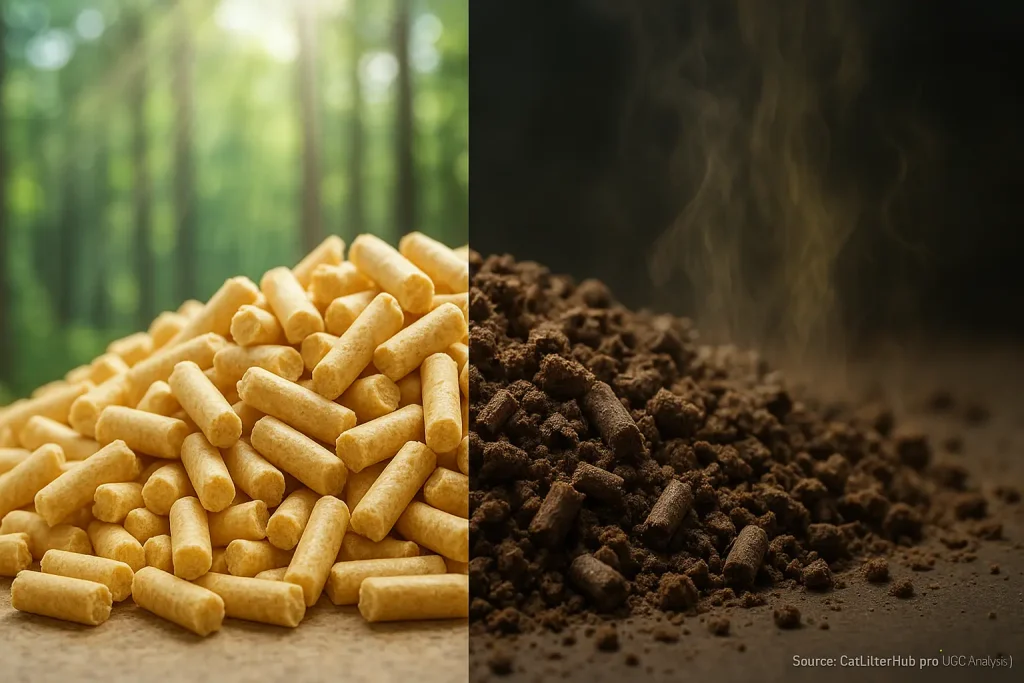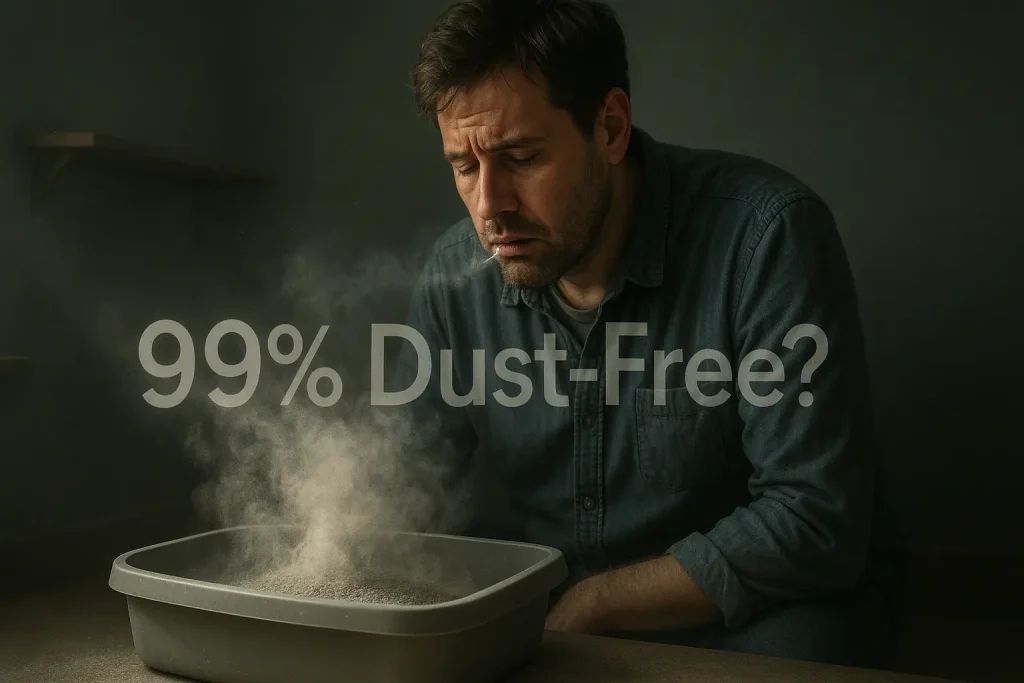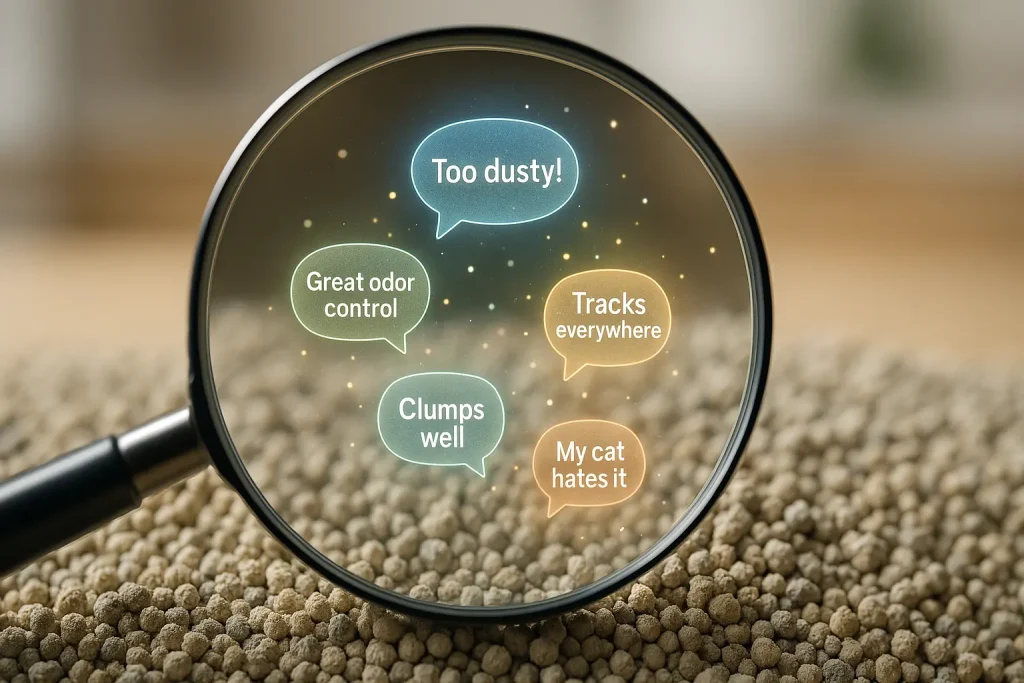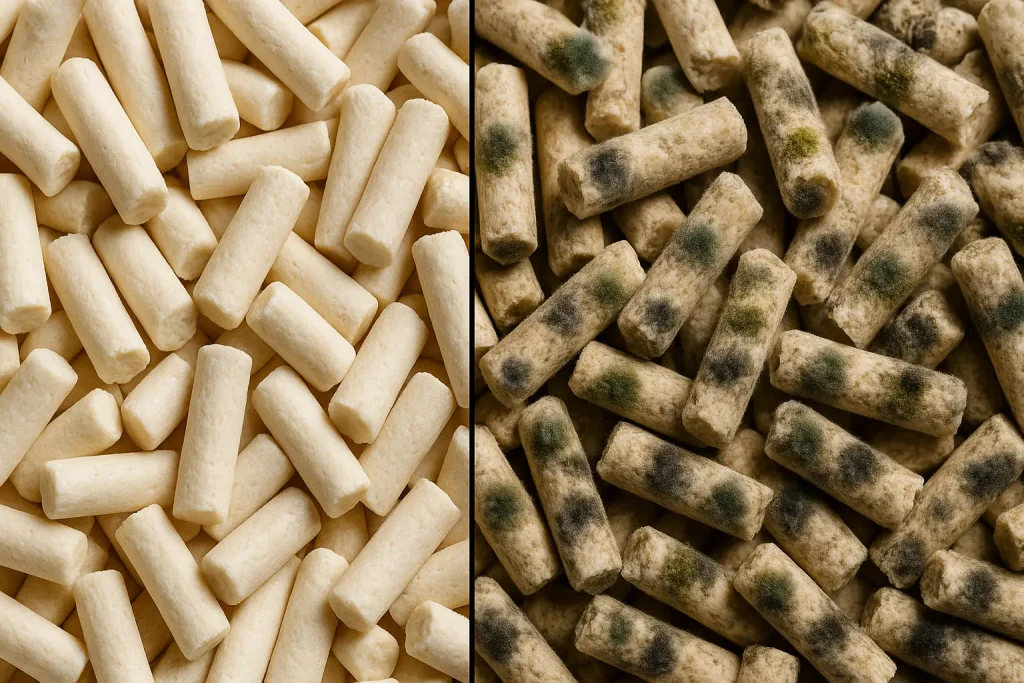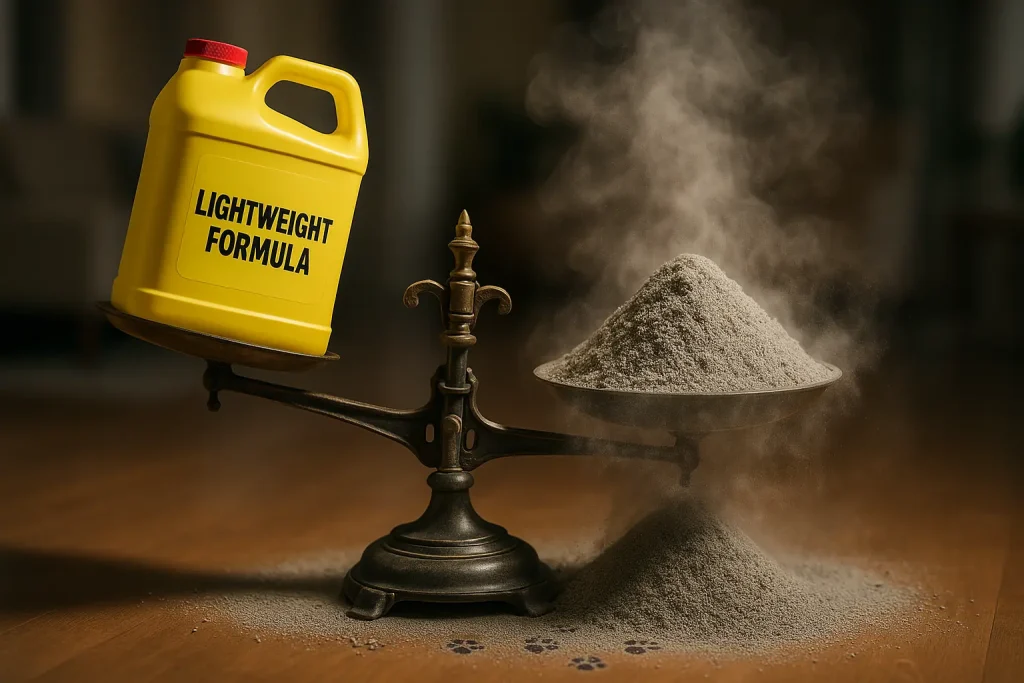The Sweet Allure of Corn Litter: Natural Appeal vs. Hidden Headaches?
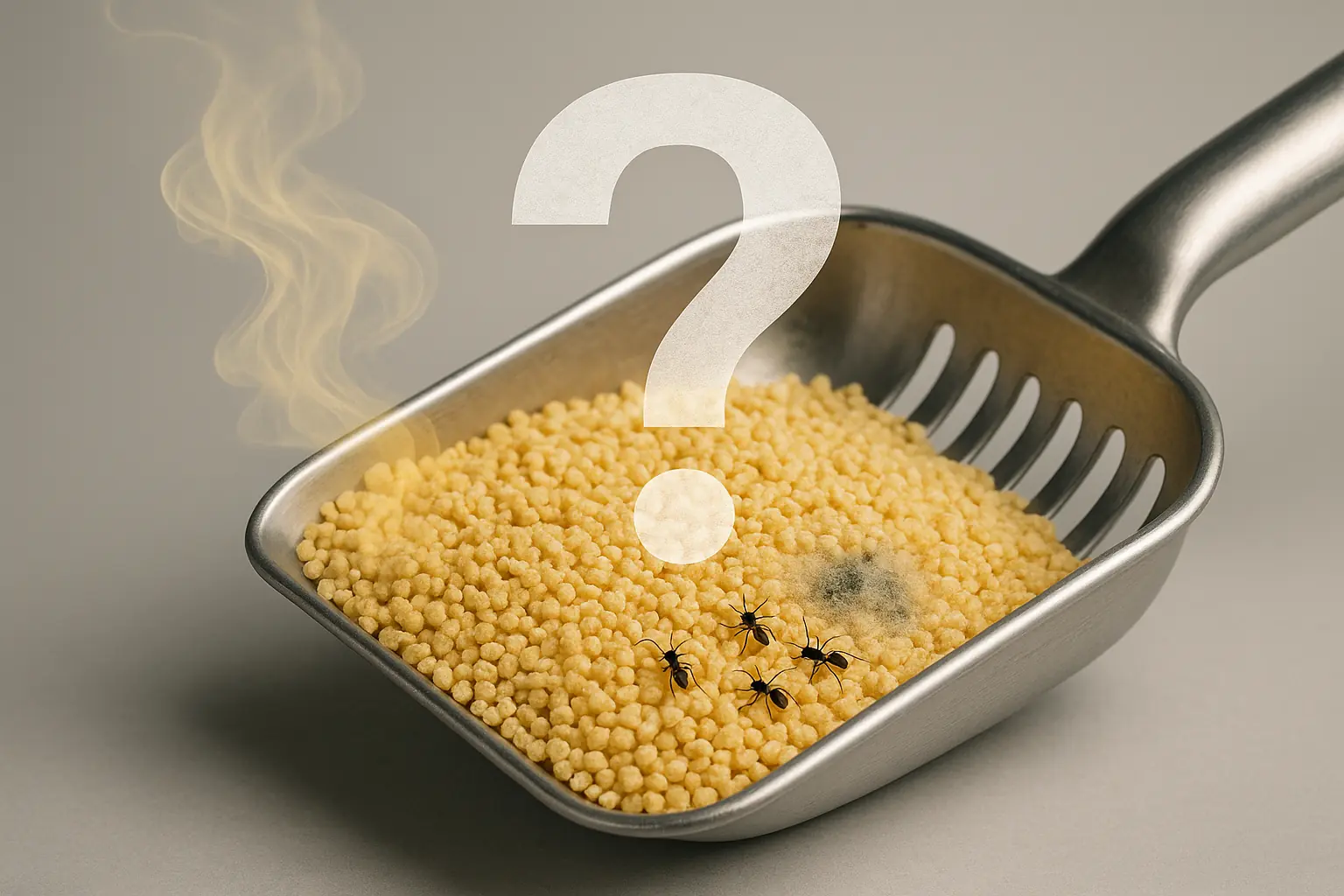
Corn litter offers a distinct, often sweet, natural aroma. Many cat owners find this scent highly appealing. They seek alternatives to harsh chemical perfumes or dusty clay. The promise? A fresher home, naturally.
But what story does user feedback tell after a few days? Our synthesis of countless reviews reveals a significant divergence. Some owners report, "My laundry room smells faintly sweet!" Others counter, "Sweet, yes, until the ammonia punches through." This discrepancy forms a central theme in corn litter experiences.
Beyond scent, other practical issues surface in owner discussions. Insect attraction is a commonly reported downside of corn-based litters. Unwanted pantry moths or grain beetles. Not ideal. Mold growth, particularly in humid environments, also appears in user warnings.
These real-world reports paint a complex picture. The initial sweet allure meets practical, sometimes frustrating, realities. This Cat Litter Hub investigation sifts through thousands of experiences. We aim to uncover the truth about corn litter performance.
Odor Control or Scent Camouflage? What Users REALLY Say About Corn Litter's Smell Power
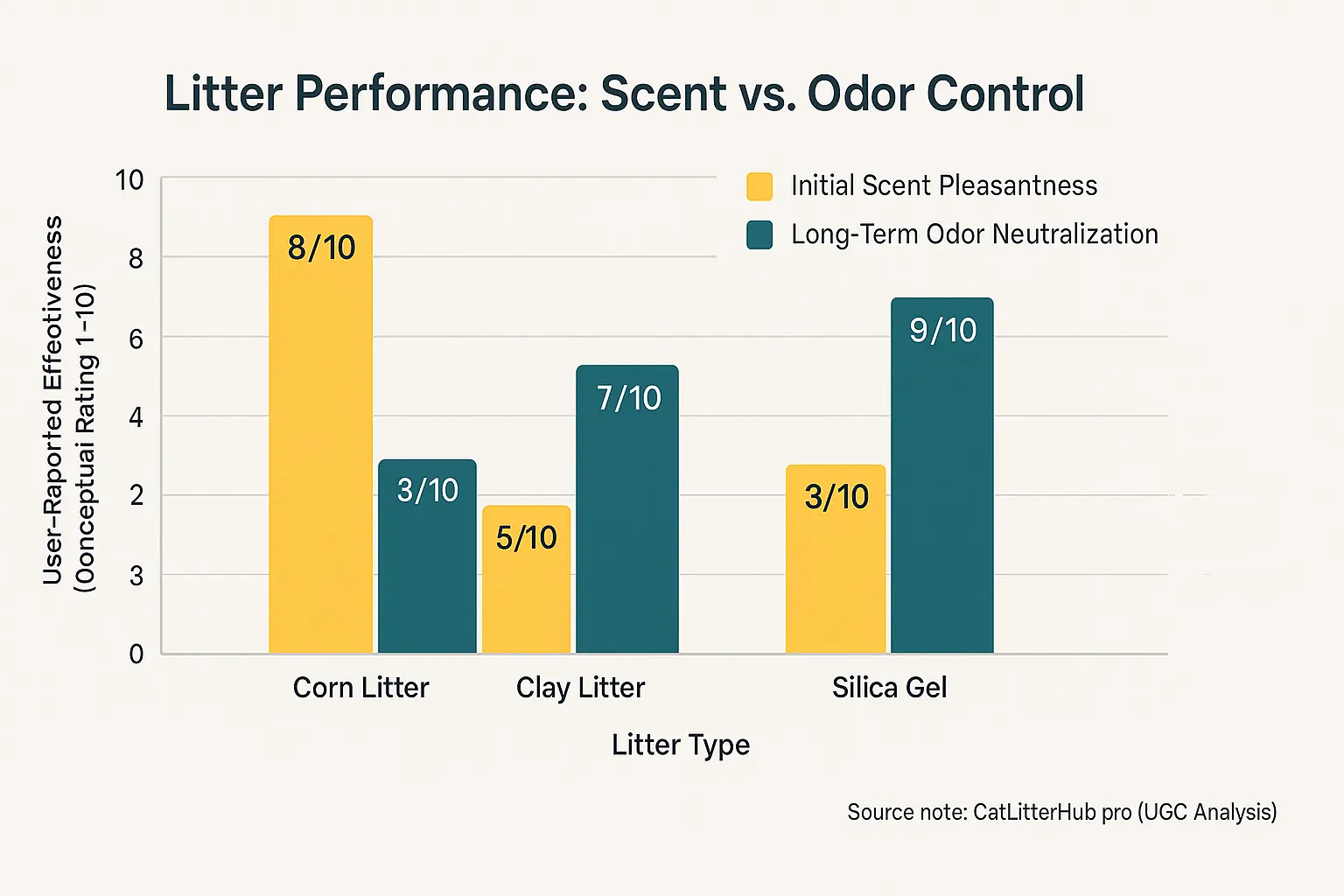
Corn litter’s natural sweet scent initially attracts many cat owners. This aroma offers a distinct alternative. Unscented or heavily perfumed litters are often rejected by discerning noses, both feline and human. Users frequently describe this initial fragrance quite positively, some even likening it to fresh grain or cereal. This natural quality is a significant draw. For some, it’s a breath of fresh air in the utility room.
But does this pleasant sweetness truly conquer potent cat odors? A common thread in countless user reviews suggests a potential mismatch. The sweet scent, many find, might primarily mask strong waste smells. It may not fully neutralize them, especially stubborn ammonia from urine. This is the core problem. This 'sweet scent deception' can lead to owner frustration over time as underlying malodors eventually mingle with, or overpower, the corn’s natural fragrance.
Longevity of odor control is another critical point emerging from owner discussions. Many reports indicate corn litter's odor defense fades relatively quickly compared to some other materials like clay or silica. Underlying waste smells can become quite noticeable. This often happens after just a few days of use, particularly in busy litter boxes. Multi-cat households consistently report more rapid smell breakthrough; the sweet scent simply struggles against the increased waste volume and frequency.
So, is corn litter truly effective for odor control? User experiences paint a vividly mixed picture. Some cat owners express complete satisfaction with its overall odor management. They often find the natural scent perfectly sufficient for their single-cat homes or low-odor felines. Others, however, deem its odor control capabilities thoroughly inadequate for their needs. Their feedback frequently cites persistent faint smells, poor performance in humid climates, or significant issues when managing multiple cats. Personal tolerance. Home environment. These factors clearly play decisive roles in perceived effectiveness.
Uninvited Dinner Guests: The Corn Litter and Insect Attraction Problem (Real User Warnings)
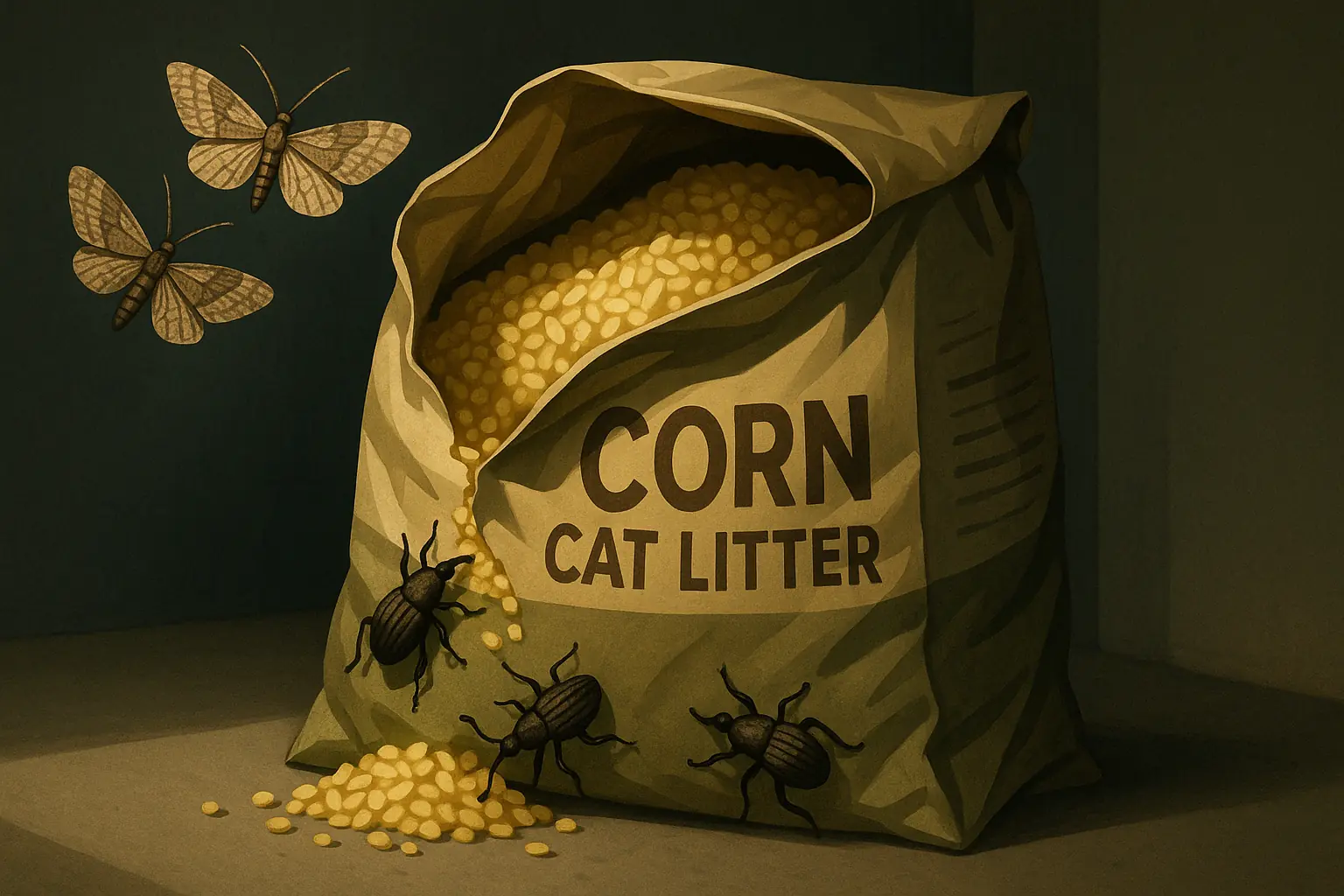
Imagine finding tiny moths fluttering around your cat's litter bag. Or worse, wriggling larvae in the fresh litter. It sounds like a horror story. For some corn litter users, this is a disturbing reality. User reports frequently highlight corn-based litters attracting various pantry pests. This issue presents a significant, often unexpected, problem for cat owners.
A surprising number of owners have shared their battles with these unwelcome guests. The most commonly reported insects are pantry moths, weevils, and occasionally small grain beetles. Users often discover these infestations in newly purchased, sometimes still sealed, bags of corn litter. Others find pests shortly after opening a bag. These experiences lead many to suspect contamination at the source or the litter's potent attractant properties.
Why does this happen? Users speculate eggs might already exist dormant in the corn-based product. The corn itself acts as a powerful food source and attractant. Our analysis of wider consumer product data confirms pantry pests readily infest stored grains, including corn-based animal feeds. This scientific context makes user reports about corn litter infestations entirely plausible. The recurring theme in these reports is the sheer shock and dismay upon discovery.
Eradicating these insect infestations from homes proves incredibly difficult for many. Owners describe extensive cleaning efforts. Some report frustrating, recurring infestations despite their best attempts. User forums are rife with these accounts, detailing the distress caused by persistent moths or beetles originating from the litter. The problem often extends beyond the litter box, infesting pantries and other areas.
These experiences prompt strong warnings from affected cat owners about corn litter storage. Even sealed bags, users caution, may not be entirely safe. Some now resort to freezing new bags of corn litter or immediately transferring contents to airtight containers. These are inconvenient precautions most never anticipated needing. This pest attraction issue stands as a major, often downplayed, drawback of corn litter, significantly impacting user satisfaction and raising valid product hygiene concerns.
The Mold Minefield: Does Corn Litter's Organic Nature Invite Fungal Growth?
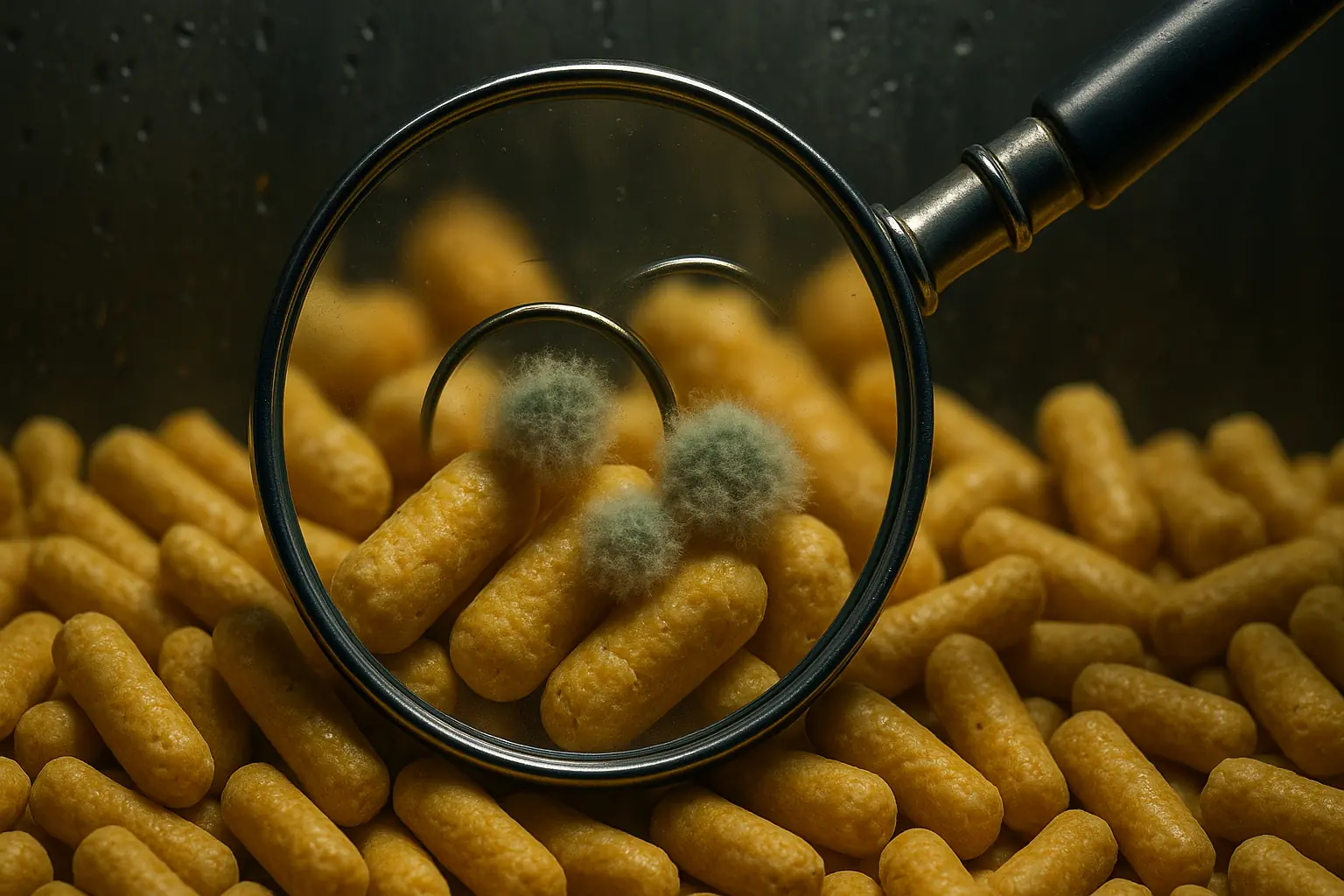
Corn litter is food-derived. Its organic composition creates a potential mold susceptibility if moisture enters. User reviews consistently flag this issue. This forms a hidden downside to an otherwise natural product, a point often missed.
Numerous cat owners report finding mold in their corn-based litters. Sometimes it is in the bag. Other times, it develops right in the litter box. Community discussions frequently link high ambient humidity to these mold outbreaks. Improperly sealed bags or storing litter in damp basements greatly increases the odds, users warn.
Mold sightings understandably trigger health anxieties for many pet parents. Cats are the primary concern. Owners voice fears about respiratory problems or allergic reactions in their pets. The potential for aflatoxin exposure, a type of mycotoxin, is another worry occasionally mentioned in user feedback. Personal health impacts for household members also feature in these discussions.
Vigilance is key to managing corn litter mold risks, according to experienced users. Airtight storage is paramount. Many owners advise transferring the litter to a sealed container upon opening. Regularly inspecting the litter box for any unusual spots is also a common recommendation. Quickly discarding any suspect litter helps prevent wider contamination.
Corn Litter's Sweet Scent: A Blessing or a Curse? Weighing the User Dilemmas
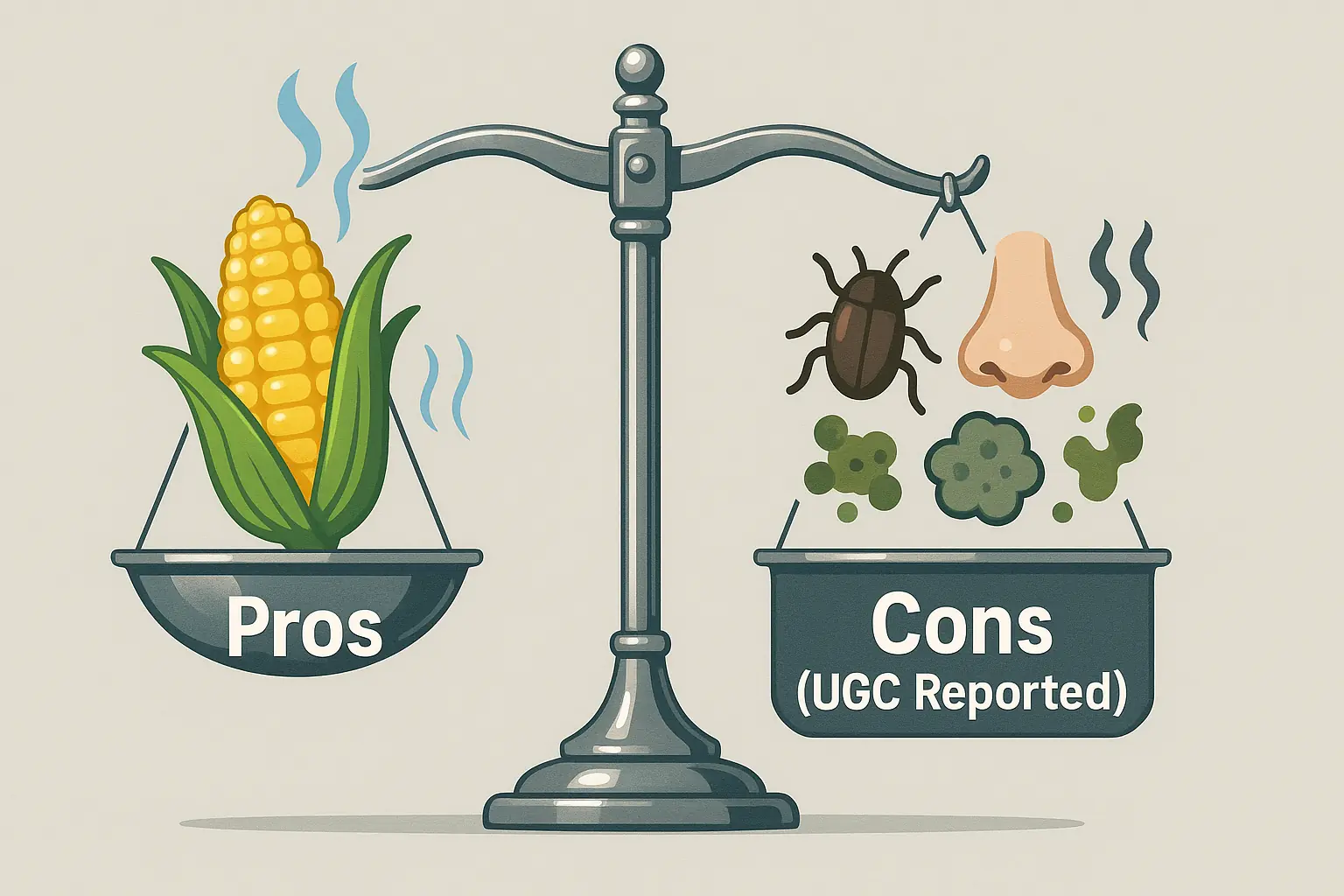
Corn litter's sweet scent: blessing or curse? User experiences present a complex answer. The appealing natural aroma frequently clashes with practical concerns, according to widespread owner feedback. These concerns include true odor control, persistent bug attraction, and even mold growth reported by some cat parents.
Many cat owners share stories of significant issues. Insects, particularly pantry moths or small flies, are a recurring complaint found in numerous online discussions. Ineffective long-term odor neutralization, beyond the initial corn scent, also frustrates a large segment of users. These practical problems often overshadow any initial appeal of the litter's natural fragrance for those affected.
Your home environment heavily influences corn litter success. High humidity? Problems often increase, as user reports frequently highlight accelerated mold concerns or intensified insect activity. Cat owners in very dry climates, who practice meticulous storage and perhaps care for a single cat, sometimes find corn litter an acceptable choice. Others, especially those already battling household pests or needing consistently robust odor control for multiple cats, face a documented gamble based on collective feedback.
So, that sweet corn scent – is it a delightful bonus or a Trojan horse for bigger headaches? Cat Litter Hub's analysis of countless user experiences reveals it can be both, depending heavily on individual circumstances and tolerance for potential trade-offs. The 'natural' appeal has definite, user-verified drawbacks that many discover firsthand. Ultimately, your informed choice, weighing the community's wisdom against your specific needs, is key.
Related Insight: sWheat Scoop & Unwanted Guests: The Pantry Moth Phenomenon (UGC & Prevention)
The pest concerns with corn litter? They are not unique to corn. Our analysis of extensive user reviews reveals another plant-based option, sWheat Scoop, also generates significant owner reports about unwanted guests. Pantry moths, specifically, seem to be a recurring issue for sWheat Scoop users.
This "pantry moth phenomenon" surrounding sWheat Scoop is something many cat owners battle. Cat Litter Hub is currently synthesizing thousands of user accounts detailing these sWheat Scoop bug encounters. Soon, we’ll share what the community experiences regarding prevention and management of these wheat litter pests.


